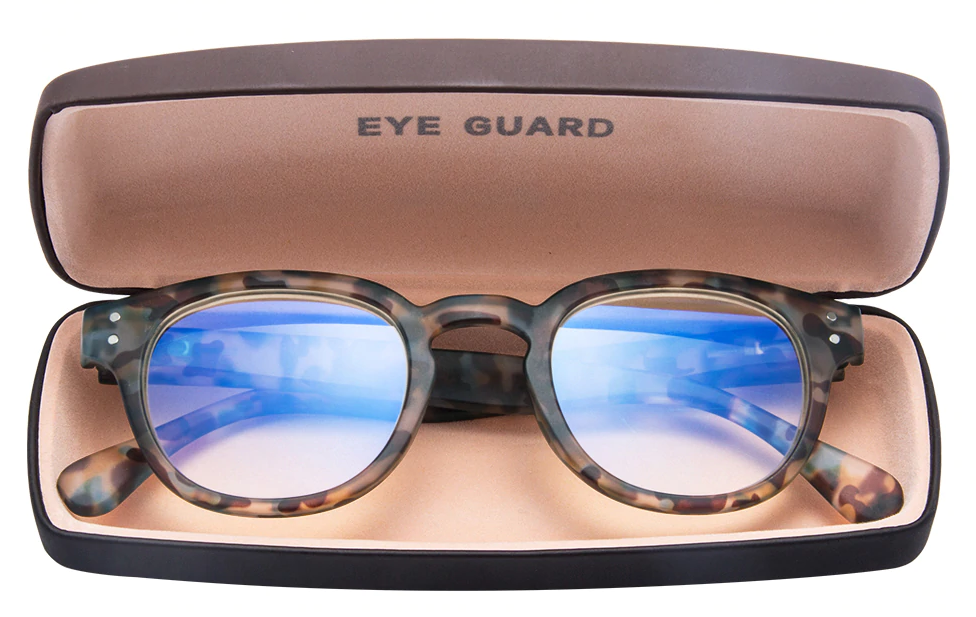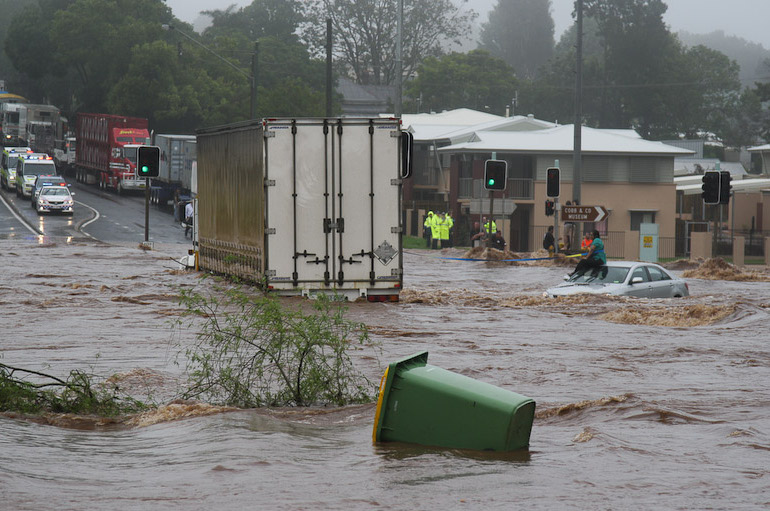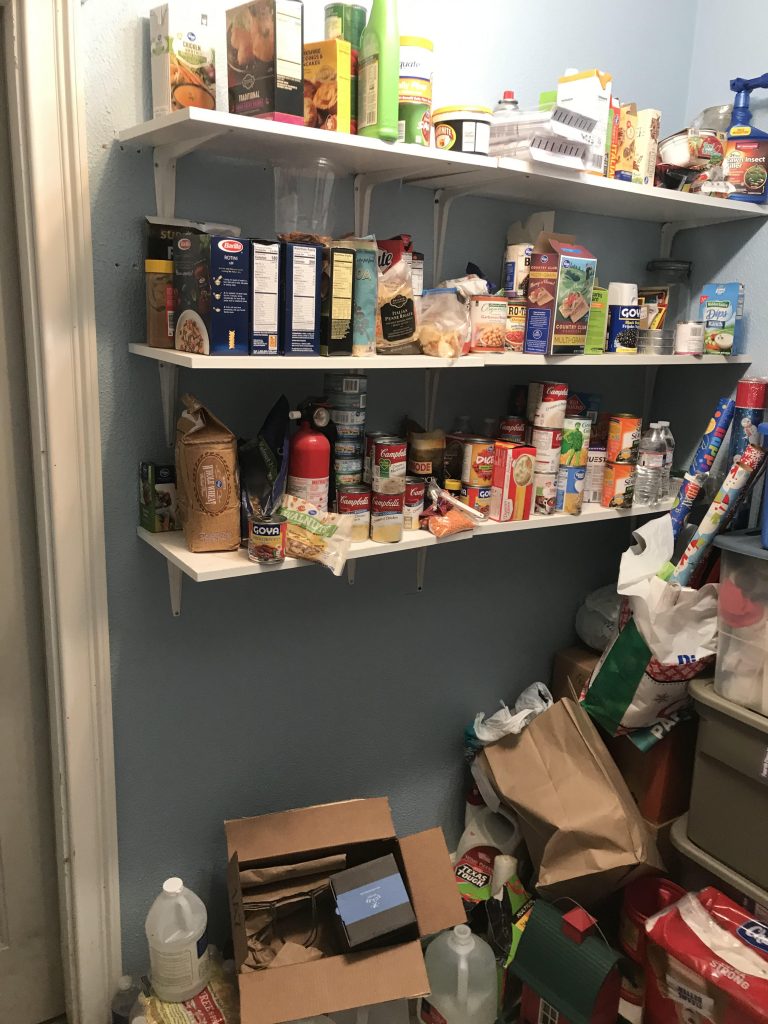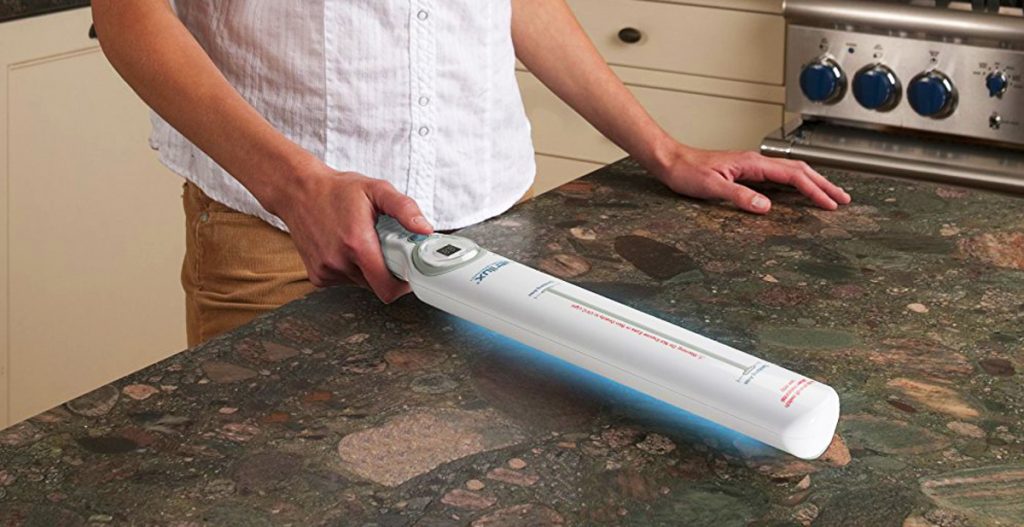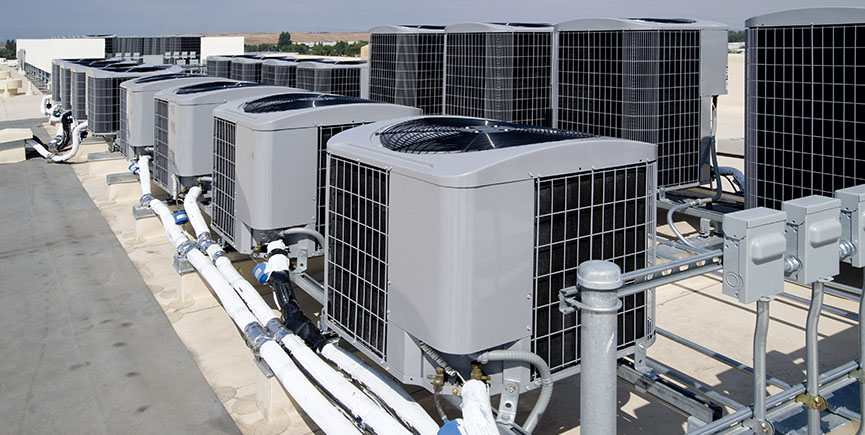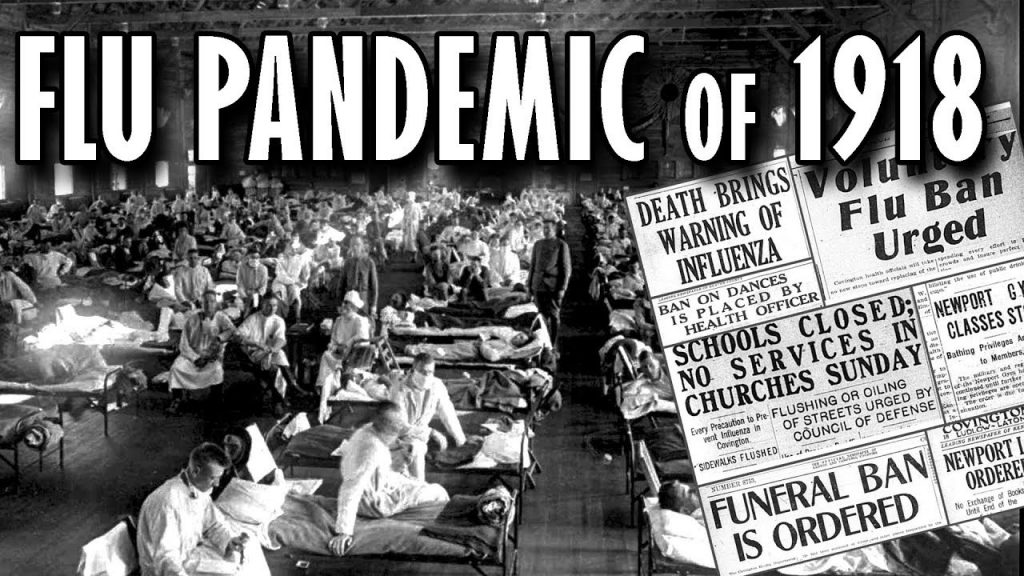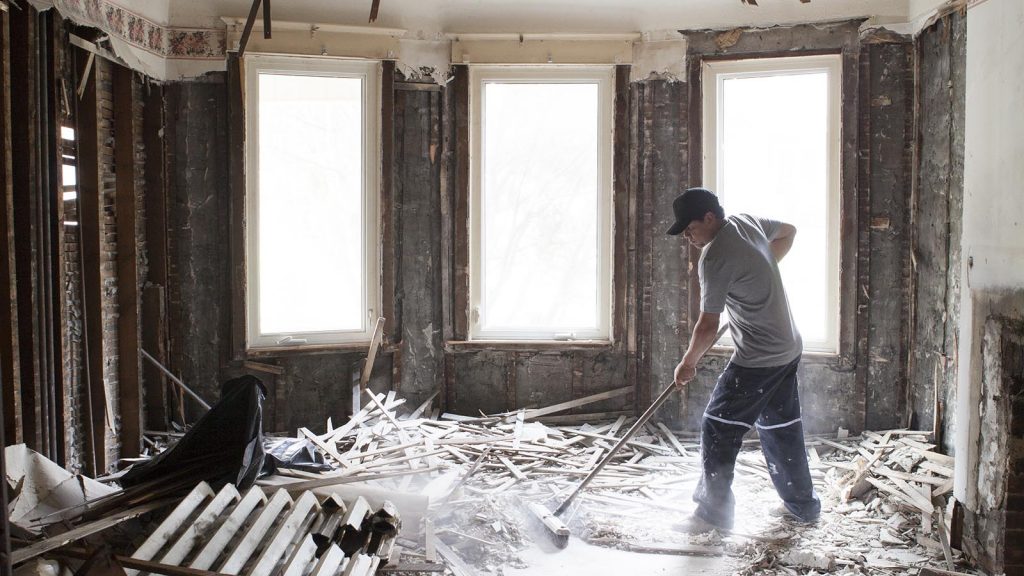by Kelly R. Smith
|

Generally speaking, I’m diligent about putting my tools where they go when I’m done with them. As far as keeping the wood shop spic n’ span, not so much. I’m guessing that we’re all like that to some extent. I do tackle it monthly. Fall and spring are the times that I really clean my wood shop. I put my big wet/dry vac through its paces.
Throw Out What You Won’t Use
As DIY’ers, we are confirmed pack rats. There’s a bin or container for everything, be it a washer, bolt, screw, or nail. I’m guilty of not tossing anything in the trash bin. But if there’s a scrap of hardwood, oak or walnut perhaps, that has been gathering dust for a couple of years, the fireplace might be a fitting destination. Then again, I might do a small project or some inlay work soon…
Start with Your Work Bench
It’s a fact; you can’t work on something if there’s nowhere to do it! My work bench gets piled up with my stuff as well as the stuff SHMBO (She Who Must Be Obeyed) and the daughter stack up there. These are low-hanging fruits just waiting to be picked in the re-organization process.
Shuffle this stuff to storage bins and other storage spaces as much as possible. I like those little plastic cabinets. They are great for organizing all those weird tools. I’ve got one drawer for screwdrivers, another for chisels, etc. (I need one for Freudian slips!) And after all, how many times do you get an opportunity to use that Whitney Punch?
And the glass-cutter? And the roller tool for setting the screen splines? And those tap and dies that gather dust until the one day that they’ll save you yet another trip to the hardware store.
Power Tools Need Their Space
I have one overhead shelf for power tools that come with their hard plastic cases like drills, biscuit joiners, routers, etc. Usually, I don’t always repack when I’m done; I keep them for when I go mobile.
All my benchtop tools — drill press, belt sander, and the like, spend active hours on top of the bench and sleeping hours inside the body of the bench). Quick change-out is the key here. My router table, table saw, and lathe all have dedicated stands.
Stowing Your Sandpaper
You obviously don’t want your different grades of sandpaper scattered willy-nilly all over God’s creation. Some woodworkers have nice cabinets with drawers to stow different grit sandpapers, and I mean to do it myself someday. In the meantime, I’ve got file folders tacked up (like those hanging file folders) to hold the different grit sheets.
Wood Storage
This can be the most problematic issue of any woodworker on limited real estate. Where to store all that nice hardwood stock? I didn’t used to have that enviable problem but when my master carpenter Father in Law went to that great work shop in the sky, I found myself with a nice treasure trove of exotic wood.
So Pity me. Right. Anyhow, I’m figuring out a method of storing it so that I can free up floor space for staging larger projects like book shelves. Wish me well. These are some of my experiences with cleaning up your wood shop or work area. When you find yourself spending more time to find tools than work with them, it’s time for a call to action.
Looking for more great content? Visit our main site I Can Fix Up My Home or our partner sites:
I offer article and blog-writing services. Interested? Contact me for a quote!
About the Author:
 Kelly R. Smith is an Air Force veteran and was a commercial carpenter for 20 years before returning to night school at the University of Houston where he earned a Bachelor’s Degree in Computer Science. After working at NASA for a few years, he went on to develop software for the transportation, financial, and energy-trading industries. He has been writing, in one capacity or another, since he could hold a pencil. As a freelance writer now, he specializes in producing articles and blog content for a variety of clients. His personal blog is at I Can Fix Up My Home Blog where he muses on many different topics.
Kelly R. Smith is an Air Force veteran and was a commercial carpenter for 20 years before returning to night school at the University of Houston where he earned a Bachelor’s Degree in Computer Science. After working at NASA for a few years, he went on to develop software for the transportation, financial, and energy-trading industries. He has been writing, in one capacity or another, since he could hold a pencil. As a freelance writer now, he specializes in producing articles and blog content for a variety of clients. His personal blog is at I Can Fix Up My Home Blog where he muses on many different topics.




